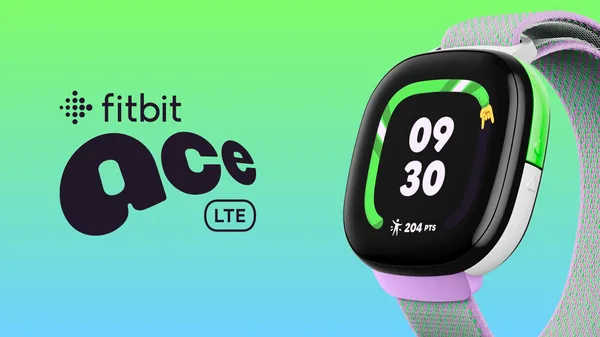 Introducing Fitbit Ace LTE, our first-of-its-kind smartwatch designed for kids.
Introducing Fitbit Ace LTE, our first-of-its-kind smartwatch designed for kids.
Introducing Fitbit Ace LTE: the smartwatch kids and parents will both love
 Introducing Fitbit Ace LTE, our first-of-its-kind smartwatch designed for kids.
Introducing Fitbit Ace LTE, our first-of-its-kind smartwatch designed for kids.
 Introducing Fitbit Ace LTE, our first-of-its-kind smartwatch designed for kids.
Introducing Fitbit Ace LTE, our first-of-its-kind smartwatch designed for kids.
 24 startups from across EMEA have been selected for the second Google for Startups Growth Academy: AI for Health program.
24 startups from across EMEA have been selected for the second Google for Startups Growth Academy: AI for Health program.
 Embark on a virtual journey through the Polish region of legends and mysteries on Google Arts & Culture
Embark on a virtual journey through the Polish region of legends and mysteries on Google Arts & Culture

Google I/O 2024 was filled with the latest Android updates, equipping you with the knowledge and tools you need to build exceptional apps that delight users and stand out from the crowd.
Here are our top three announcements for building excellent apps from Google I/O 2024:
Android 15 introduces a suite of enhancements aimed at elevating the user experience:
Android's enhanced stylus support brings exciting capabilities:
In the realm of Wear OS, we are focused on power conservation and performance enhancements:
There you have it— the top updates from Google I/O 2024 to help you build excellent apps. Excited to explore more? Check out the full playlist for deeper insights into these announcements and other exciting updates unveiled at Google I/O.
Starting May 28, 2024, the organization name and department will be displayed on personal information cards and in the Contacts sidebar. This information provides helpful context about the people you’re interacting with and displaying this additional information will help you learn more about who you’re collaborating with, and more.
Prior to joining GFiber, John served in CFO roles for multiple companies, most recently Dataminr, a leading AI business. He also held these roles at Datto, which he led through their initial public offering, as well as at Cumulus Media, Telx Holdings, and Insight Communications. John has deep knowledge of the finance industry, spending time at both Morgan Stanley in their Media & Telecom group and at Goldman Sachs in their Global Energy & Power group. A graduate of the US Naval Academy, where he earned a BS in systems engineering, John also holds a Masters in Engineering from Pennsylvania State University and an MBA from Harvard Business School.
Posted by the GFiber Team.
Many of us have been told the virtues of “Don’t Repeat Yourself” or DRY. Pause and consider: Is the duplication truly redundant or will the functionality need to evolve independently over time? Applying DRY principles too rigidly leads to premature abstractions that make future changes more complex than necessary.
Consider carefully if code is truly redundant or just superficially similar. While functions or classes may look the same, they may also serve different contexts and business requirements that evolve differently over time. Think about how the functions’ purpose holds with time, not just about making the code shorter. When designing abstractions, do not prematurely couple behaviors that may evolve separately in the longer term.
When does introducing an abstraction harm our code? Let’s consider the following code:
The approach on the right seems to violate the DRY principle since the ValueError checks are coincidentally the same. However, tasks and payments represent distinct concepts with potentially diverging logic. If payment date later required a new validation, you could easily add it to the right-hand code; adding it to the left-hand code is much more invasive.
When in doubt, keep behaviors separate until enough common patterns emerge over time that justify the coupling. On a small scale, managing duplication can be simpler than resolving a premature abstraction’s complexity. In early stages of development, tolerate a little duplication and wait to abstract.
Future requirements are often unpredictable. Think about the “You Aren’t Gonna Need It” or YAGNI principle. Either the duplication will prove to be a nonissue, or with time, it will clearly indicate the need for a well-considered abstraction.